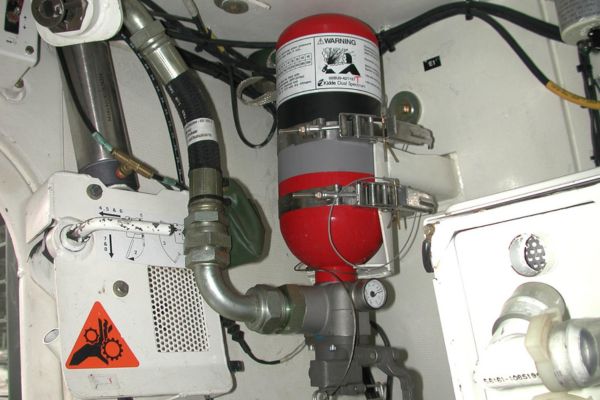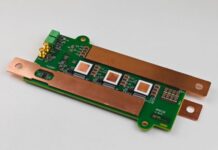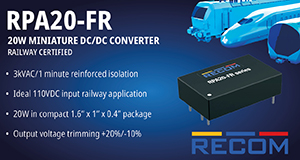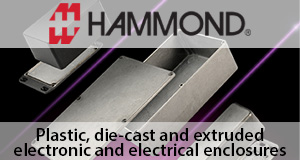Fire suppression systems have become a crucial element in the design and manufacturing of both military and commercial vehicles, as the demand for enhanced occupant safety, asset protection, and operational continuity grows. Recent technological advancements in fire detection, suppression agents, and system integration are fundamentally reshaping how vehicles are built and protected against fire risks. These innovations are not only improving survivability during critical incidents but are also driving new standards in vehicle engineering and manufacturing processes across both sectors.
From armoured combat vehicles operating in hostile environments to commercial fleets navigating urban roads, the evolution of fire suppression technologies is creating safer, more resilient vehicles designed to meet the complex challenges of modern operations. According to the Consegic Business Intelligence report, Commercial Vehicles Market size is estimated to reach over USD 1,620.05 Billion by 2031 from a value of USD 1,148.30 Billion in 2023 and is projected to grow by USD 1,179.03 Billion in 2024, growing at a CAGR of 4.4% from 2024 to 2031.
Next-Generation Fire Detection and Suppression Systems:
Traditional fire suppression relied on manual systems or rudimentary sensors, but modern vehicles now incorporate sophisticated automatic fire detection and suppression systems (AFDS). These systems are capable of identifying thermal events within milliseconds through the use of infrared (IR), optical, and thermal sensors. Multi-spectral sensing technologies allow for the rapid detection of fires even in the presence of dust, smoke, or battlefield obscurants.
Advanced control units analyse sensor input in real-time, triggering suppression systems autonomously without requiring operator intervention. In military vehicles, where threats like improvised explosive devices (IEDs) can lead to instant fire events, automatic suppression within the engine compartment and crew cabin can mean the difference between survival and catastrophic loss.
In commercial vehicles, especially in buses, heavy trucks, and mining equipment, early fire detection systems are being integrated into critical zones such as the engine bay, battery compartments, and hydraulic systems to prevent vehicle loss and protect passenger lives.
Evolution of Suppression Agents: Focus on Efficiency and Environmental Safety:
The choice of fire suppression agents has evolved significantly to meet the dual demands of performance and environmental compliance. Traditional agents such as Halon 1301, while highly effective, have been phased out due to their ozone-depleting properties. Today, vehicle manufacturers are incorporating environmentally responsible alternatives such as FM-200, Novec 1230, and water mist technologies.
In military applications, the preference has shifted toward gaseous suppression agents and aerosol-based systems that can effectively suppress Class A (combustible materials), Class B (flammable liquids), and Class C (electrical) fires while minimizing harm to personnel and sensitive equipment. Aerosol-based systems, in particular, offer advantages due to their compact size, weight savings, and ability to suppress fires without relying on pressurized cylinders.
For electric vehicles (EVs) and hybrid platforms—becoming increasingly common in both military and commercial fleets—specialized suppression agents are being developed to address the unique challenges posed by lithium-ion battery fires, including thermal runaway mitigation and containment.
Integration with Vehicle Design and Smart Systems:
Modern fire suppression technologies are no longer standalone systems but are increasingly integrated into the broader vehicle control and monitoring architecture. Fire suppression units are now linked with vehicle electronics, diagnostics systems, and telematics platforms, enabling remote monitoring, predictive maintenance, and automated response protocols.
Military manufacturers are designing armored vehicles with modular suppression systems that can be rapidly replaced or upgraded in the field, enhancing operational readiness. Commercial vehicle OEMs are embedding suppression system monitoring into fleet management dashboards, allowing for real-time system health checks and compliance reporting.
Advancements in system miniaturization and flexible system layouts are giving vehicle designers greater freedom to incorporate fire protection without sacrificing space, weight, or aesthetic requirements. This trend is particularly important as vehicle interiors become more complex with the addition of infotainment systems, electric drivetrains, and advanced occupant safety features.
Conclusion:
Advancements in fire suppression technology are fundamentally reshaping the manufacturing of military and commercial vehicles by elevating safety, improving system reliability, and supporting the integration of smart, connected platforms. As vehicle architectures evolve toward electrification, autonomy, and increased operational complexity, fire suppression systems are becoming an indispensable part of the design from inception rather than a retrofit consideration.For manufacturers, embracing the latest fire suppression innovations not only enhances product value and marketability but also aligns with growing regulatory and environmental standards. In the next generation of vehicles—whether on the battlefield or the highway—fire suppression will play a central role in ensuring mission success, operational continuity, and, most importantly, the protection of lives.
Source:Commercial Vehicles Market














